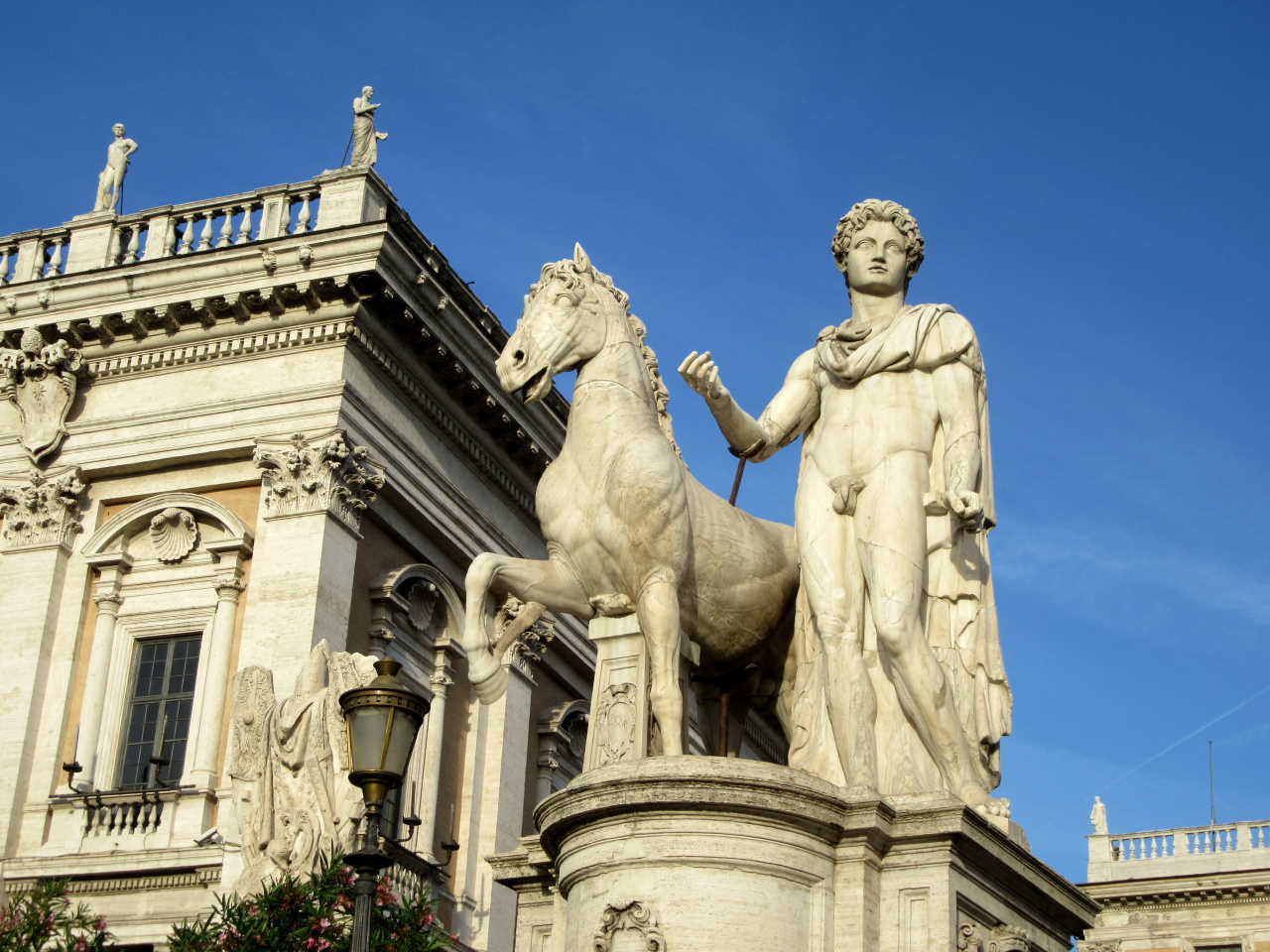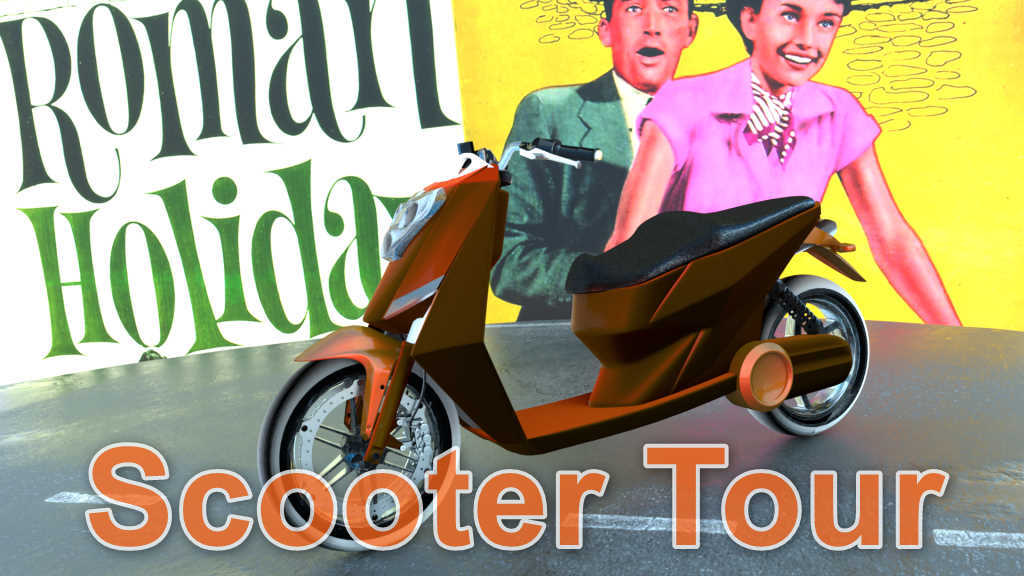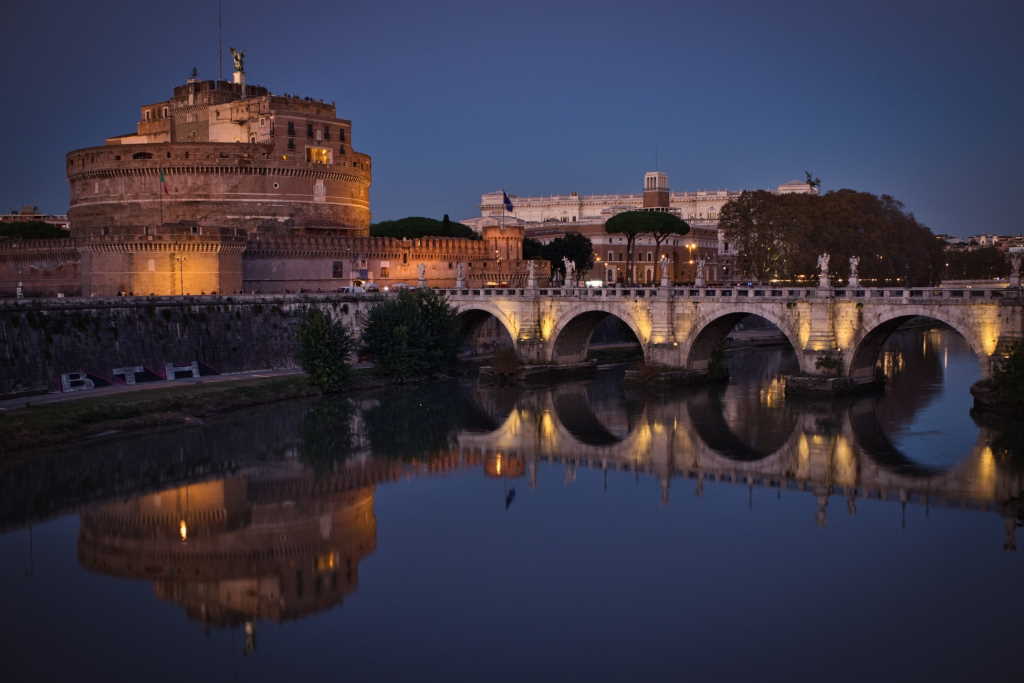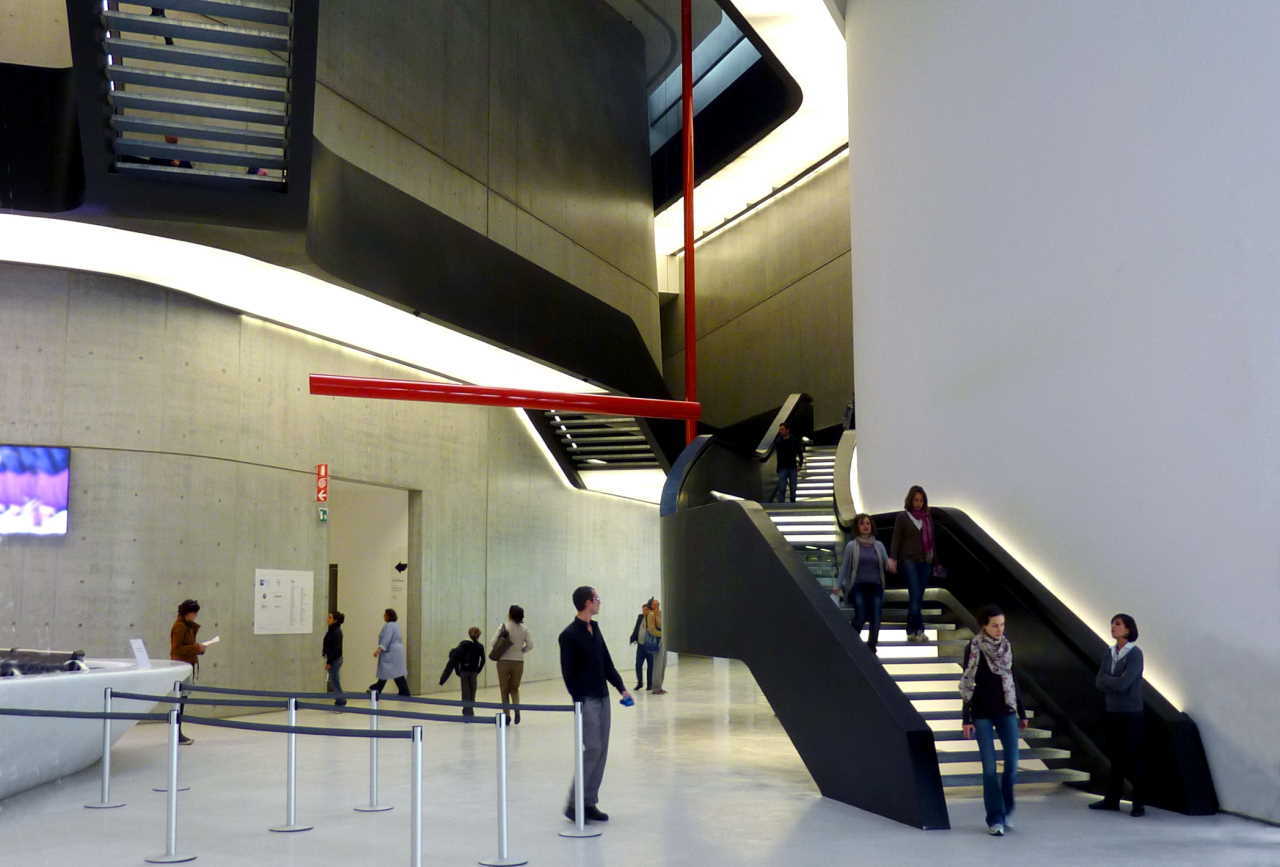Rione Monti Rome
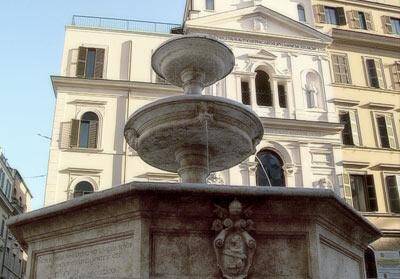
Index
Monti, the first quarter of Rome
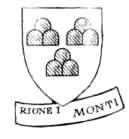
This is why the quarter together with its monuments and vestiges from antiquity offers a fairly complete overview of the city’s different periods, from the Republican to the Imperial period, and the Middle Ages to the Renaissance and Baroque, a succession of styles that covers 2500 years of history.
Today the main area of the Monti quarter is characterized by narrow lanes, seldom flat, that mark the pattern of a city made of tall palaces from different ages, buildings whose plasters were scratched by the time and darkened by pollution, where craftsman workshops, night clubs, art galleries find their place: it is the ancient Roman Svbvra, today Suburra (the word means ” inhabited area under the city”, and this is actually the impression you have going downstairs to Piazza della Suburra from Via Cavour, in proximity of the B line metro station, or going upstairs the “Salita de’ Borgia” to reach the Church of San Pietro in Vincoli, or even walking down Via Nazionale along Via dei Serpenti or Via del Boschetto… )
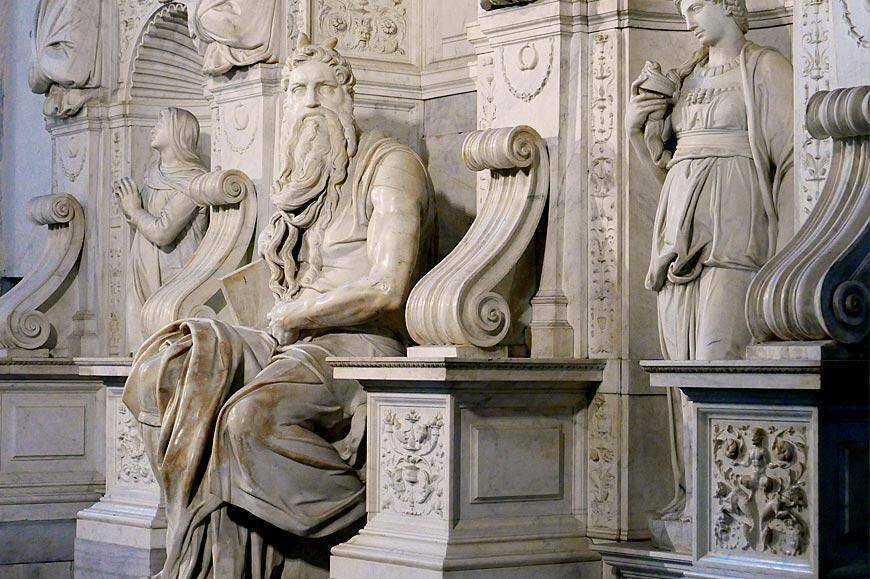
This up-and-down going invites to visit the quarter on foot, privileged means to live and experience the atmosphere of one of the most appealing areas of the Capital and appreciate its archaeological monuments, starting from the Colosseum to the Ludus Magnus- the arena of gladiators – to the Domus Aurea, the Baths of Trajan, the Fora of Emperors Augustus, Nerva and Trajan with the adjacent Markets, sections of the Servian and Aurelian walls (with the Asinara gate), the Baths of Titus, the rests of the aqueduct of Claudius, the Church of San Pietro in Vincoli which houses Michelangelo’s Moses, the Church of Santa Francesca Romana, the Papal Palace, the Egyptian Obelisk, the Santa Sanctorum, the Holy Stair, the Basilica of St. John in Lateran, the Church of St. Clemente, St. Martino ai Monti, the medieval Basilica of St. Mary Major, medieval vestiges as the Leonian triclinium, the Lateran Baptistry, the Church of St. Stefano Rotondo, the Conti tower, the house of the Knights of Rodi, the Church of St. Prassede, the Capocci towers and some masterpieces of the Roman baroque such as the churches of St. Andrew on the Quirinal and St. Carlino alle Quattro Fontane…
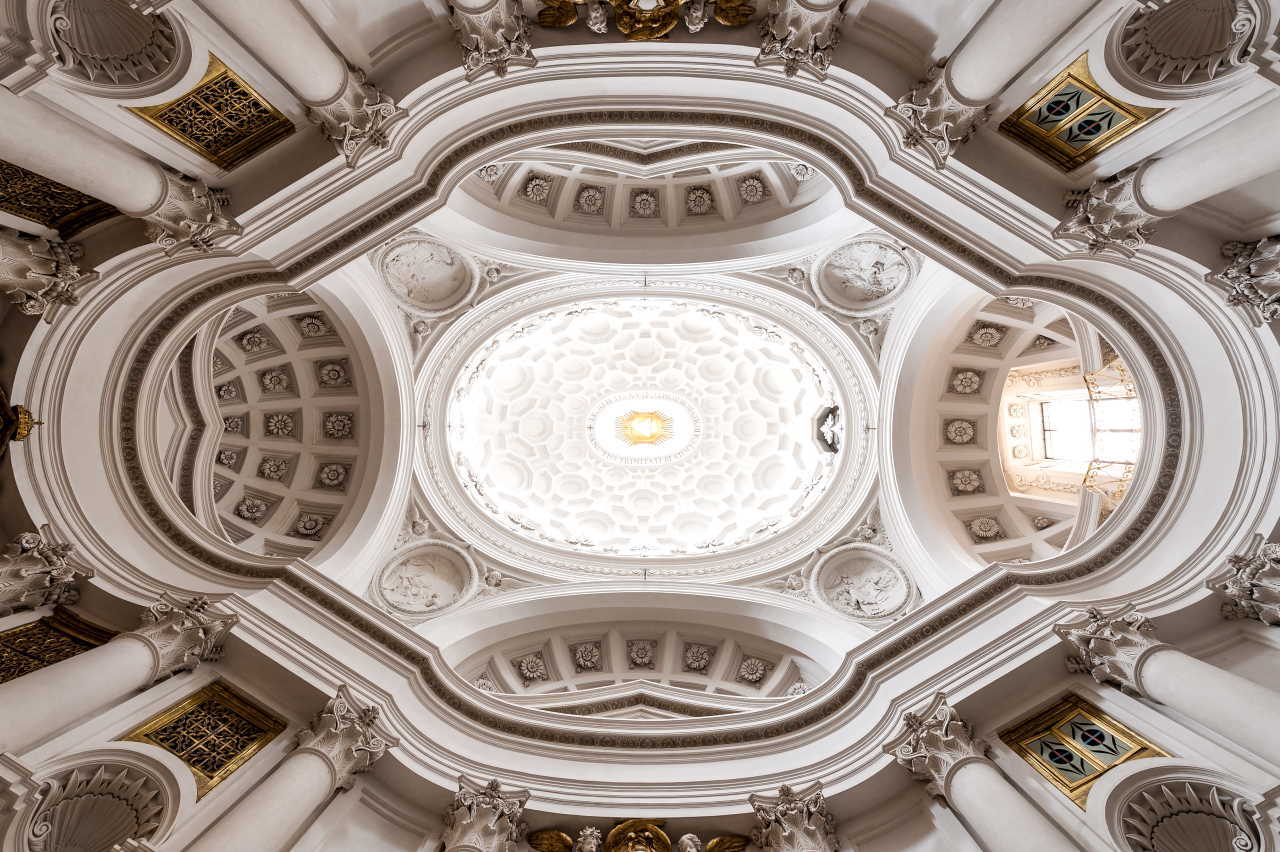
The Svbvra
The Svbvra becomes part of the city area of Ancient Rome when the king of Etruscan origin Servio Tullio elects it for his own residence. It is the most authentic and popular area of the City, the place of the social and human contradictions of the capital of the Empire, overcrowded, dirty, noisy and above all dangerous, expecially because of numerous fires and downfalls of the insulae, high buildings that reached five stores where an unlimited number of poor families lived amassed in rented apartments, in the uproar of noises and colors. Substantial changes happen only under Sisto V (1585/1590), that realizes the aqueduct Felix, sets via Panisperna and outlines via dei Serpenti.
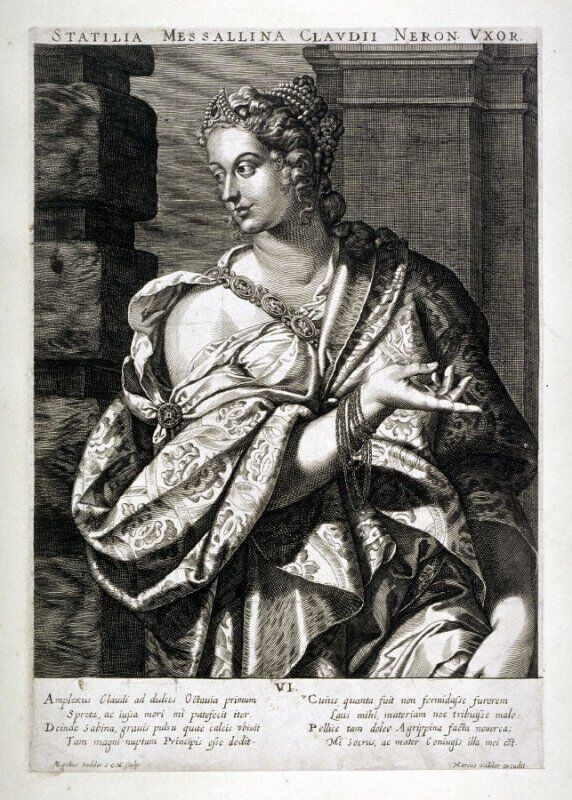
In the Subura there were- and some left illegally are found still today – ill-famed brothels, unsafe taverns and inns. The same Julius Caesar was born in the Svbvra, and according to tradition Nero came often disguised as a plebeian in order to test humors of the poorest classes, and also Messalina came here incognito in search of transgression.
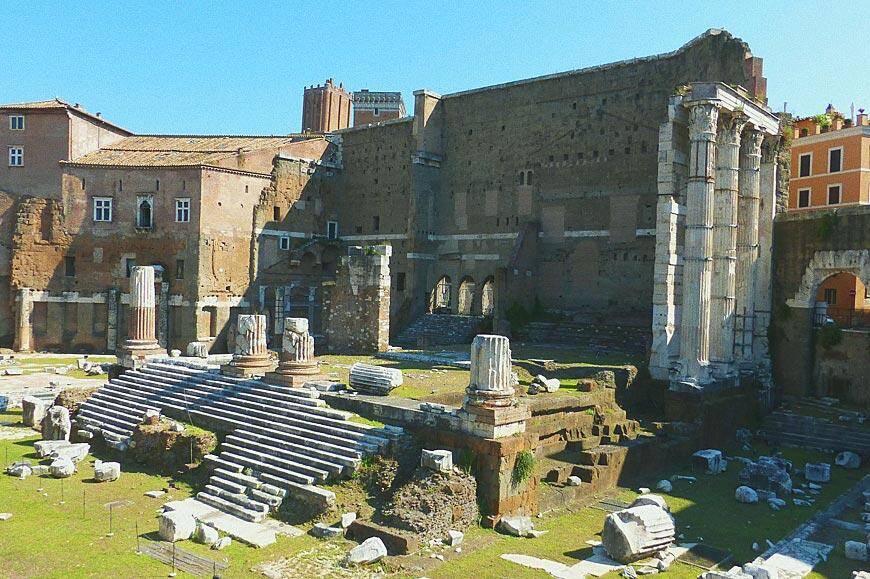
Argiletum
Even if characterized by turbulent and popular inhabitants, the Subura became part of the IV Region the Templum Pacis – whose northern border coincided with the ancient Clivus Suburanus (today Via dei Selci) – when Caesar Augustus, (elected Emperor by the Senate in 29 B.C), gave an urban planning to the city, that was so ordered in fourteen regions. The Clivus Suburanus was a branch of the so-called Argiletum: a long street that after covering the Suburana Valley, near the summit of the Cispius hill (that together with the Fagutal and the Oppius hill formed the Esquilin hill), forked into the Vicus Patricius (today Via Urbana) and the Clivus Suburanus. The ancient path of the Argiletum is covered today by the main street of the area, Via Madonna dei Monti, faced by medieval buildings, houses dating back to the 1600’s and palaces of the 1700’s, today homes of a population proud to live in the first quarter of Rome and to preserve in the language, in the habits, in the customs and in the art trades the values of old Rome. (La grande guida dei rioni di Roma, Rione I Monti, Alberto Manodori, p.37).

Private Tours of Rome
-
Private Walking Tour of Rome | 3 hours tour
Private Tours 63,00€ – 158,00€Private walking tour of Rome with local guide for 3 hours, ecological and entertaining way to explore the major attractions and the back streets of Rome
Rome | Walking Tour | Private Guide | 3 hrs.
-
Scooter Tour of Rome 2023
City Tours 145,00€Tour of Rome by scooter, a fascinating itinerary to discover the most enchanting sites of Rome inaccessible by bus. Live the town as the Romans do!
Rome | Private Guide | Scooter | 3 hrs.
-
Rome by Night Tour – Private Driver and Guide
Holidays in Rome 93,00€ – 242,00€Welcome to "Rome by Night with Private Driver and Guide"
Rome | By night Tour | Private Car | 2 hrs.
-
Shore excursion Civitavecchia Rome
Day Trips from Rome 221,00€ – 575,00€Discover the major attractions of Rome with who live there! Full day Private Tour from Civitavecchia Port to Rome
Advanced reservation PROMO code
Civitavecchia Rome | Guided Tour | Luxury Car | 8/9 hrs.
-
Rome by night Tour and Dining Experience – Private Tour
Holidays in Rome 94,00€ – 187,00€A pleasant walk through the ancient districts of Rome and dinner in an intimate and elegant restaurant in Trastevere
Rome | Dinner | By night Tour | 4 hrs.
-
Highlights of Rome by Car in one day Private Tour
Private Tours 137,00€ – 386,00€Discover the major attractions of Rome with who live there! Full day Private Tour of the Highlights of Rome
Ask for PROMO code
Rome | Private Tour | Luxury Car | 6 hrs.
Trips in Italy
travel magazine
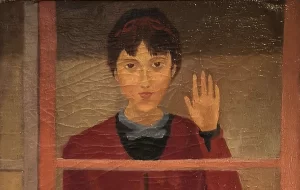
ITALY SPECIAL 2024: A selection of unmissable events and exhibitions!
Get ready to embark on an extraordinary journey through the beauty of Italy, marking the most significant dates of 2024 and planning an unforgettable experience. This year, we’ll guide you through an exceptional selection of unmissable events that encompass art, music, gastronomy, and technology.
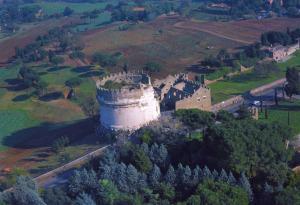
Ancient Appian Way, the highway of Ancient Rome
Known as the “Queen of Roads,” the ancient Appian Way in Rome is one of the most important engineering marvels of all time, a tangible testament to the greatness and mastery of Roman civilization.
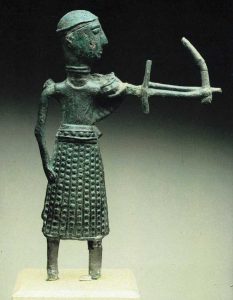
Museums to visit in Italy
The museums in Italy offer visitors a rich array of themes, types, and locations, making them a unique experience. Some of the world’s most historically and culturally significant museums welcome visitors to immerse themselves in the depths of Italian history and art.
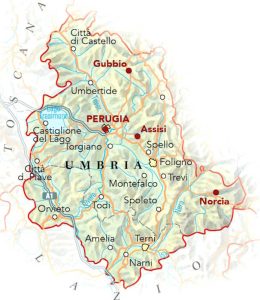
Umbria, land of history, art, nature, religion and flavours
Umbria is a reality suspended between the richness of its history, the depth of its culture, and the majesty of its nature. Located in the heart of Italy, between Tuscany, Marche, and Lazio, it is the only region on the peninsula without a coastline. Also known as the “green heart of Italy,” Umbria is a destination that provides a variety of experiences for visitors.

How I found a wife with Italian cuisine – Rome cooking class
Rome is a fantastic city to take a cooking class, with a rich culinary history and culture. With a little research, you can find the perfect cooking class for your needs

Luxury Vintage Shopping in Rome
The story of an experience lived in Rome, a four-hour shopping tour with an expert guide and a luxury car with driver to discover the best vintage luxury shops in the Capital
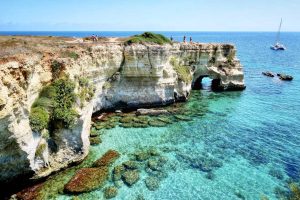
Trip to Puglia, a land to discover
Puglia is truly a land to discover, a hidden treasure in the heart of the Mediterranean. With its temperate climate and four distinct seasons, this region offers a unique tourist experience throughout the year
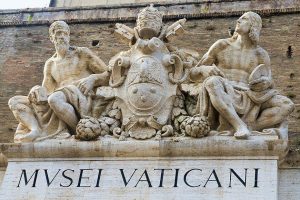
Entrance to the Vatican Museums and Sistine Chapel 2024 and 2025
The Vatican Museums and Sistine Chapel are about to introduce significant changes to their visiting schedule to optimize the use of their collections and provide a more inclusive experience for visitors, leading up to the Jubilee of 2025 in Rome. These changes will take effect on January 1st, 2024.
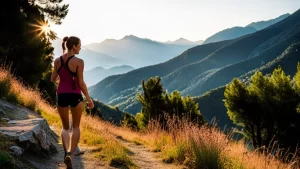
Italy: unconventional experiences for adventurous travellers
Italy is a country that offers a wide range of original and extreme experiences for the most adventurous travelers. Whether it’s exploring the depths of the sea, climbing imposing mountains, or immersing oneself in the rich culinary tradition of the country, there is something for everyone looking for authentic and unique thrills. Italy invites travelers to push their limits, discover new horizons, and live an experience that will remain imprinted in their memory.
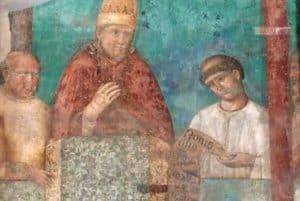
The pilgrimage in Italy
The tradition of pilgrimages in Italy is an integral part of the social, cultural, and religious fabric of the country. Throughout centuries of history, this practice has shaped individual and collective identities, enriching the spiritual and cultural life of those who undertake the journey. Pilgrimage remains a meaningful experience, reflecting mankind’s search for meaning and connection, and a link between the past, present, and future.

The 5 most loved Italian dishes in the world
Italy, the birthplace of gastronomy, is universally recognized for its rich and diverse cuisine that reflects centuries of culinary traditions passed down from generation to generation. While not everyone can afford to enjoy Italian dishes in a Michelin-starred restaurant, it is possible to experience the magic of Italian cuisine by preparing some of the most beloved dishes directly at home. Here are the five most loved Italian dishes in the world, along with their recipes and secrets for successfully replicating them in your own kitchen
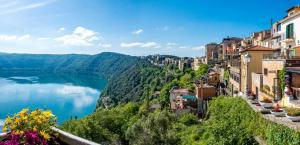
The Roman Castles, “invisible castles”
The Roman Castles, also known as the “invisible castles”, are historical places located near Rome, famous for their scenic beauty and gourmet food and wine tradition. Despite their rich history and natural attractions, these places often go unnoticed due to Rome’s extraordinary artistic wealth.
The very birth of Rome is linked to the events of Alba Longa, probably the current Castel Gandolfo, founded by Ascanio, son of Aeneas and Creusa in 1230 BC.
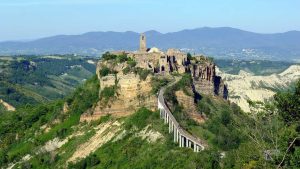
Civita di Bagnoregio, Caprarola, Bomarzo – DISCOVERING HIDDEN TREASURES OF ITALY
Italy is a country rich in hidden treasures and captivating destinations where history, art, and natural beauty come together in a unique and unforgettable experience. Among the lesser-known yet equally fascinating gems, Civita di Bagnoregio, Caprarola, and Bomarzo stand out. Let’s discover what makes these places so special.
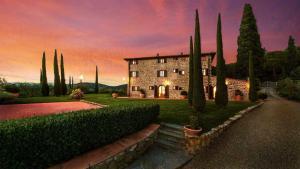
Wonders of Tuscany: a journey through Art, History and Food and Wine
Located in the heart of Italy, Tuscany is a true treasure to discover. Lush hills, luxurious vineyards, picturesque rural landscapes, historic villas, enchanting medieval cities and an atmosphere of refined timeless beauty have won the hearts of visitors from all over the world.
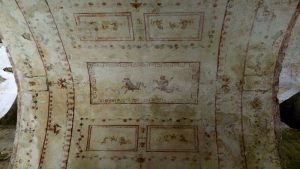
The Domus Aurea: a hidden masterpiece of Ancient Rome
Built by Emperor Nero in the 1st century AD, the Domus Aurea in Rome is an extraordinary monument that stands as a tangible symbol of the luxury and grandeur of ancient Roman civilization
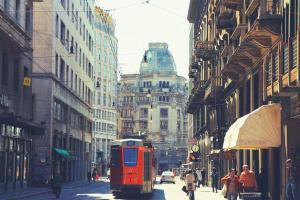
Guide of Milan for Newbies
Our Quick Guide to Milan for Beginners will accompany you in discovering the treasures of this fascinating and hectic metropolis, providing you with essential information on the main attractions.

Milan: A food and wine experience not to be missed
Milan is much more than a fashion capital; it is also a top culinary destination. With its traditional cuisine, cosmopolitan culinary scene, food markets, and innovation, the city offers a complete eno-gastronomic experience.

Roman coast: a journey through history, sea and unique atmospheres
Discovering the Roman Coastline: A Journey through History, Sea, and Unique Atmospheres by Sarah Strol illustration by franco rea Roman
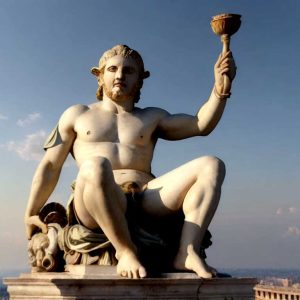
A Story of Rome
TRAVELS IN SPACETIME A Story of Rome It was a sweltering day in July, with the sun beating down on
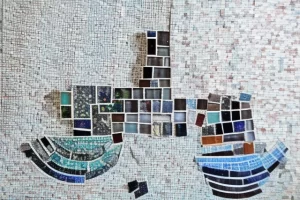
Events and Exhibitions Italy 2023
Welcome to the fantastic world of events and exhibits in Italy in 2023! This year, we’re offering a selection of must-see events ranging from art to music, gastronomy to technology. Get ready to mark your calendars and plan a trip to discover the wonders of our country.

